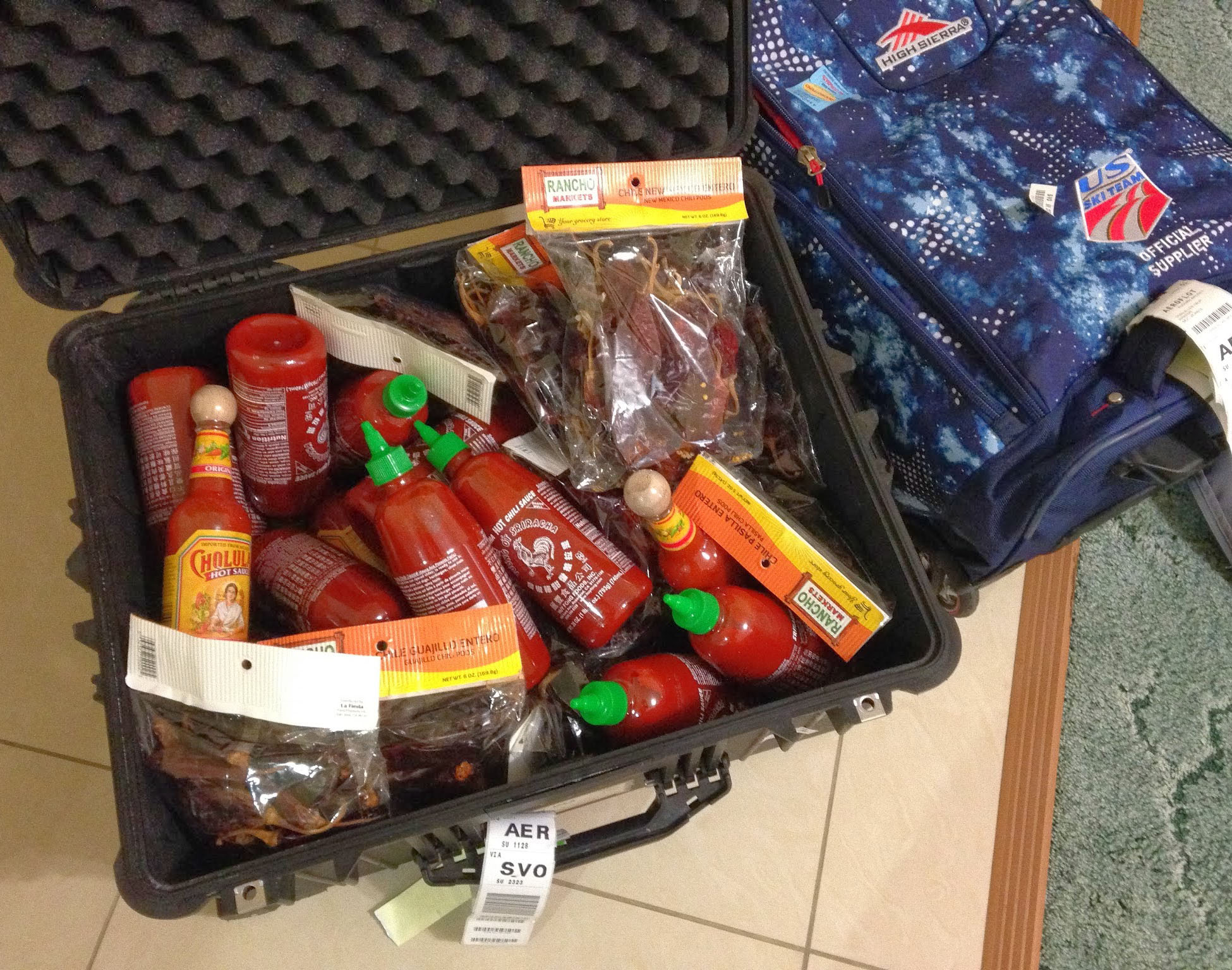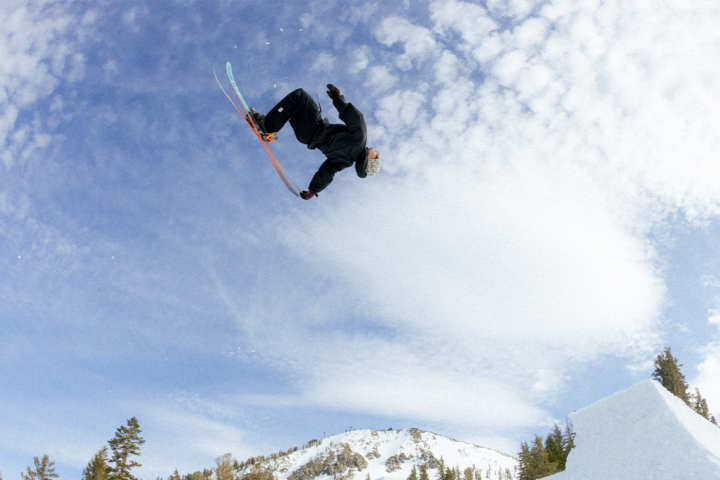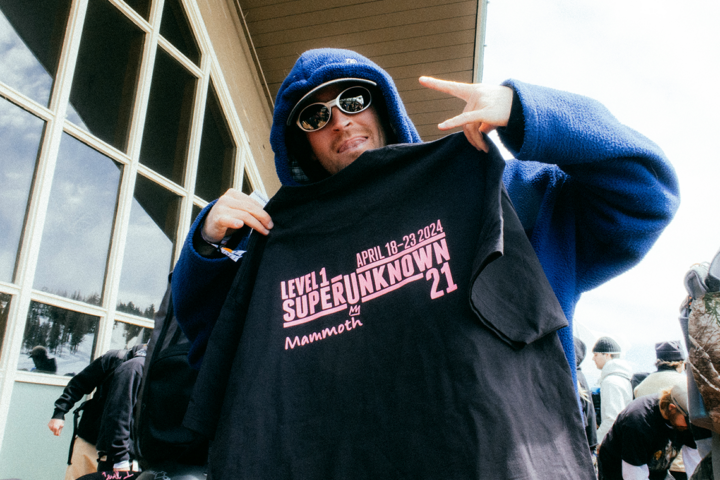For the past two weeks, the 2014 Winter Olympics have been at the forefront of everyone’s minds, thanks to the unbelievable feats of athletic prowess being displayed on the world’s stage. But, we wondered, what goes into putting a show like Sochi together? We caught up with the United States Ski and Snowboard Association (USSA) to see what goes into transporting, feeding, housing and caring for the American Olympic athletes in Sochi.
By The Numbers:
94 world class U.S. athletes in Sochi
16 bottles of Sriracha were transported by High Performance Chef, Allen Tran
7 years on the ground developing local relationships and establishing a training base
4 fitness facilities constructed onsite
3 athletes enrolled in the USSA TEAM Academy; a program that allows young athletes like Maggie Voisin to compete in Platinum AFP events while completing high school
1 water filtration system to wash locally sourced ingredients for athlete meals
What goes into arranging flights for 94 separate Olympic athletes, as well as coaches, cooks, trainers, etc…?
USSA: USSA works with the U.S. Olympic Committee to coordinate flights for the athletes. The USOC has a partnership with United Airlines, allowing USSA to easily manage travel for its athletes and their families, as well as our staff. We typically arrange flights so athletes will fly together.
In addition to that, how difficult is it to attend to the individual needs (personal, medical, etc…) of each athlete?
Luke Bodensteiner, Executive Vice President, USSA: In partnership with the USOC, we are providing each athlete with the support infrastructure and freedom from distraction that will allow them to compete at their highest level. We’ve spent a significant amount of time on the ground over the last seven years developing local relationships and establishing a training base. Our objective is to provide a high level athletic environment here but also minimize distractions. We have four chefs providing athletes with meals they enjoy and are good in nutrition value. We also have staff on the ground here to manage needs of parents and families, to avoid having athletes distracted by having to find tickets for mom and dad.
Is there a way to keep tabs on athletes while they’re in Sochi?
Joss Christensen, men’s Olympic slopestyle gold medalist: We are asked to check in every time they head down to the village or over to the coast. Competitors have the freedom to attend other events, enjoy the slopes and work in media appointments, but they are expected to keep USSA members posted on their plans.
Everybody has to eat:
How do you feed 94 athletes?
High Performance Chef, Allen Tran:Each day we serve 50 athletes and 50 staff members. Our kitchen is open from 5:30 AM to 10 PM, where we are serving breakfast, lunch and dinner. We have four US chefs that work a staggered schedule, starting prior to the first event practice (the Alpine athletes are on the hill at sunrise for on-snow practice). We have to work around the various competition and training schedules for each discipline. We work around the clock to accommodate athletes coming in and out of the hotel. We only have an hour between meals to break down and set up for the next meal. We also host a recovery station with PB & J sandwiches, protein shakes, bottled water, juice, Powerade, energy bars, cereal, Chobani Yogurt and Blue Diamond Almonds.
Does everybody on the team adhere to a strict diet? I’ve seen some McDonald’s Instagram photos…
Allen Tran: Athletes are allowed to eat as they choose during the Winter Games. However, we are there to provide each competitor with a well balanced diet to optimize their performance. This consists of whole grain carbohydrates, lean protein, colorful fruits and vegetables, and healthy fats such as avocados and olive oil. We have several athletes with dietary restrictions such as food and gluten allergies, so I try to design recipes that are gluten free by cooking with polenta, quinoa, sweet potatoes and brown rice.
Here is a standard menu we would serve to our athletes:
Breakfast: Greek yogurt with fresh berries, oatmeal and hard boiled eggs
Post morning workout snack: Blue Diamond Almonds and a banana
Lunch: Veggie and beef Texas chili, cornbread made with Greek yogurt and spinach salad with avocado
Post afternoon training snack: Chocolate milk, string cheese and apple sauce
Dinner: Grilled jerk chicken, roasted plantains, vegetable kabobs with bell pepper, zucchini and eggplant
Is there a particular team that is harder to provide the necessary nutrition for?
Allen Tran: There is never a dull moment in the kitchen. As a High Performance Chef, my goal is to provide athletes with a delicious food that meet our criteria of a well balanced meal. An alpine downhill skier is going to have different needs than a Nordic endurance athlete, so ratios of those components will differ depending on the discipline. Endurance athletes need to consume more carbohydrates delivered steadily to provide fuel to the finish. Strength based disciplines require more and moderate carbohydrate amounts.
What’s the weirdest dish being prepared for any athlete?
Allen Tran: Although juicing has become a trend and is beneficial to performance, beet juice has been a popular choice amongst the US Team. Many other athletes have pre-event eating routines before. One athlete enjoys cold mini pizza bagels before racing. In general, athletes crave basic dishes that are cooked well.









